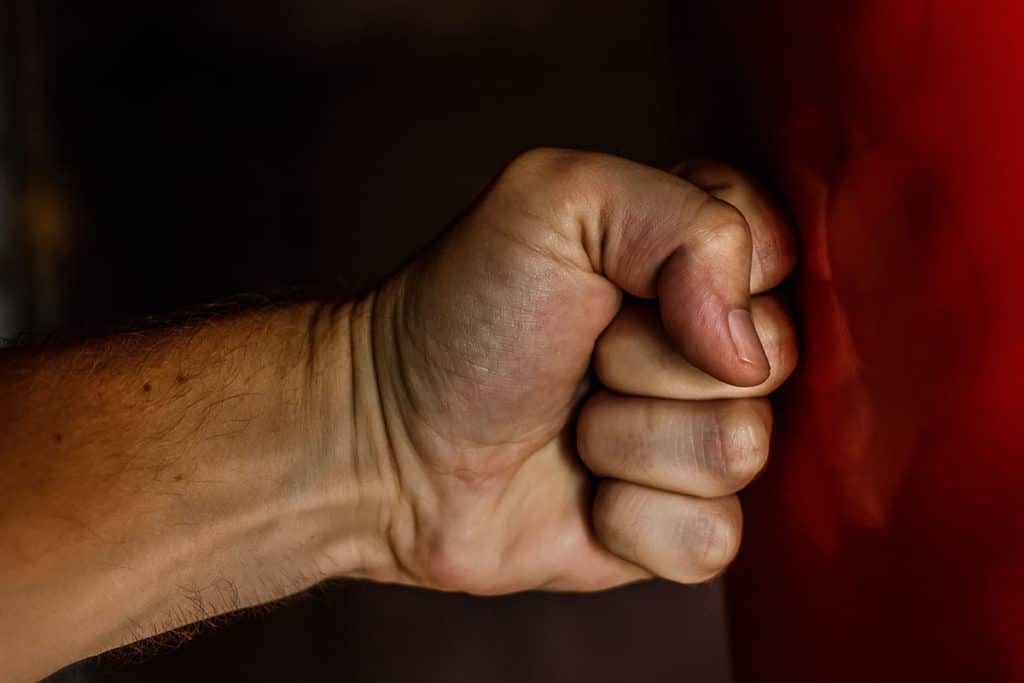
Taekwondo is often celebrated for its high-flying kicks, but don’t sleep on its hand techniques. Punches and strikes are a critical part of this Korean martial art, offering a dynamic edge in sparring and self-defense. Whether you’re a beginner looking to master the basics or a seasoned practitioner aiming to refine your skills, understanding the full range of Taekwondo punches and strikes can elevate your game.
In this guide, we’ll walk through the mechanics of each technique, share tips for effective execution, and break down the rules that govern their use in competitions. Let’s take a look at the world of Taekwondo hand techniques and uncover why they’re a secret weapon for any serious student.
Why Punches Matter in Taekwondo
Many Taekwondo competitors focus heavily on kicks, sometimes overlooking the power of a well-placed punch. This can be a costly mistake. In sparring, punches are worth 1-2 points depending on the organization, and they’re a sneaky way to rack up points when an opponent leaves their guard open.
Take the Mexican National Taekwondo Team, for example—they’ve climbed the global ranks by blending boxing-style punches into their strategy, catching opponents off guard. Punches aren’t just for scoring, though. They’re versatile tools for measuring distance, setting up kicks, and defending in close-quarters combat. Mastering these techniques requires more than arm strength—it’s about coordinating your entire body for maximum impact.
The Mechanics of a Powerful Punch
Throwing a punch in Taekwondo isn’t just about swinging your arm. It’s a full-body movement that starts from the ground up. Your feet provide the foundation, staying grounded yet light on the balls to allow quick steps or pivots.
A tight core connects this base to your upper body, ensuring the power generated by your legs doesn’t fizzle out. Your arms deliver the strike, with a firm fist and straight wrist to avoid injury. Whether you’re jabbing to gauge distance or landing a knockout backfist, proper mechanics are key to making your punches effective and safe.
Core Taekwondo Punches and Strikes
Taekwondo boasts a diverse array of hand techniques, each designed for specific scenarios in sparring or self-defense. Below, we’ve outlined the primary punches and strikes, focusing on their purpose and execution. Note that some techniques, marked with an asterisk (*), are taught for self-defense but banned in competitions due to their potential for injury.
| Technique | Purpose | Mechanics | Legal in Competition? |
|---|---|---|---|
| Jab | Measures distance, defends, or baits opponents | Quick flick of the front arm, striking with the first two knuckles. Twist the wrist so knuckles face upward. | Yes (World Taekwondo: trunk only; ITF: head allowed) |
| Straight/Cross Punch | Delivers power to the body or head | Rear arm punch with body rotation, striking with the first two knuckles. Similar to a boxing cross. | Yes (World Taekwondo: trunk only; ITF: head allowed) |
| Uppercut | Targets jaw or body in close combat | Load the punch by turning the body, then drive upward with either hand. | Yes (ITF only; banned in World Taekwondo) |
| Hook Punch | Strikes the opponent’s sides or over their guard | Compact punch with tight body rotation, targeting the head or body. | Yes (ITF only; banned in World Taekwondo) |
| Backfist | Quick strike to the head | Front hand flicks out, striking with the back of the padded hand. Targets the side of the head. | Yes (padded part only in some organizations) |
| Turn Backfist | Adds power through rotation | 180-degree turn before striking with the back of the hand. Often follows another strike. | Yes (padded part only; spinning backfist banned in most competitions) |
| Spinning Backfist | Delivers knockout power | 360-degree spin, striking with the back of the hand. Set up by a prior punch or kick. | No (banned in most competitions) |
| Hammerfist | Bypasses opponent’s guard | Downward strike with the padded side of a clenched fist, like swinging a hammer. Can be spun for extra force. | Yes (ITF; limited in World Taekwondo) |
| Extended Knuckle Punch | Targets weak points like the temple | Fist with thumb pushing up the index or middle finger’s middle joint for a stinging strike. | Yes (ITF; rare in World Taekwondo) |
| Spear Hand Strike* | Hits soft areas like the neck | Open hand with extended fingers, striking like a spear. | No (banned in competitions) |
| Knife Hand Strike* | Chops at the neck | Open hand strikes with the outer ridge, resembling a karate chop. | No (banned in competitions) |
| Ridge Hand Strike | Strikes over opponent’s guard | Open hand strikes with the meaty part under the thumb, similar to a hook. | Yes (ITF; limited in World Taekwondo) |
| Palm Heel Strike* | Targets chin or nose for self-defense | Open hand with tucked fingers strikes with the heel of the palm. | No (banned in competitions) |
| Throat Strike/Tiger Claw* | Strikes the throat | C-shaped hand targets the throat. | No (banned in competitions) |
| Elbow Strike | Close-range power strike | Forearm folds inward, striking with the elbow or outer forearm while stepping forward. | Yes (ITF; limited in World Taekwondo) |
These techniques showcase Taekwondo’s versatility, blending speed, precision, and power. For example, the jab is your go-to for keeping opponents at bay, while the spinning backfist—though banned in most tournaments—can be a fight-ender in self-defense scenarios. The ridge hand strike, with its ability to slip over an opponent’s guard, is a favorite for catching sparring partners off guard. Elbow strikes, often overlooked, pack a punch in close quarters, making them ideal for tight situations.
Punching Rules Across Taekwondo Organizations
Not all punches are fair game in every Taekwondo competition. Each governing body has its own rules, which can shape your sparring strategy. World Taekwondo (WT), the style seen in the Olympics, restricts punches to straight strikes landing on the trunk with the padded knuckle part of the fist. Hooks, uppercuts, and head shots are off-limits, emphasizing kicks as the primary scoring method.
The International Taekwondo Federation (ITF) is more permissive, allowing punches to the head and a wider variety of techniques like hooks and uppercuts. The American Taekwondo Association (ATA) mirrors WT’s point sparring rules, limiting punches to straight strikes to the trunk. Knowing these rules is crucial for competitors, as a well-timed jab can score points in WT, while ITF fighters might lean on a hook to the head for a decisive blow.
How to Train Your Punches
Honing your punching skills takes practice and the right tools. Punching bags are a staple in Taekwondo dojos, letting you work on power and precision. A solid bag, like those from Everlast, can be picked up for around $60 online.
Mitt training is another go-to, where an instructor or partner holds focus mitts to help you sharpen coordination and speed. A decent pair of mitts, such as Valleycomfy’s, costs about $20.
Technical sparring, where you pair up with a partner and practice techniques at less than 50% intensity, is perfect for refining your timing and control.
Combine these methods with regular shadowboxing to visualize opponents and boost reaction speed, and you’ll see your punches become sharper and more instinctive.
Wrapping Up
Taekwondo’s punches and strikes are more than just backup moves—they’re essential tools for any well-rounded practitioner. From the quick jab to the devastating elbow strike, these techniques offer strategic options in sparring and self-defense. By mastering their mechanics, understanding competition rules, and training consistently, you’ll unlock a new level of confidence and skill.
So, next time you hit the mats, don’t just focus on those kicks. Throw a few punches, mix up your combinations, and show your opponents that Taekwondo is truly the way of the foot and the fist. Keep training hard and let us know in the comments which punch is your favorite to land!

